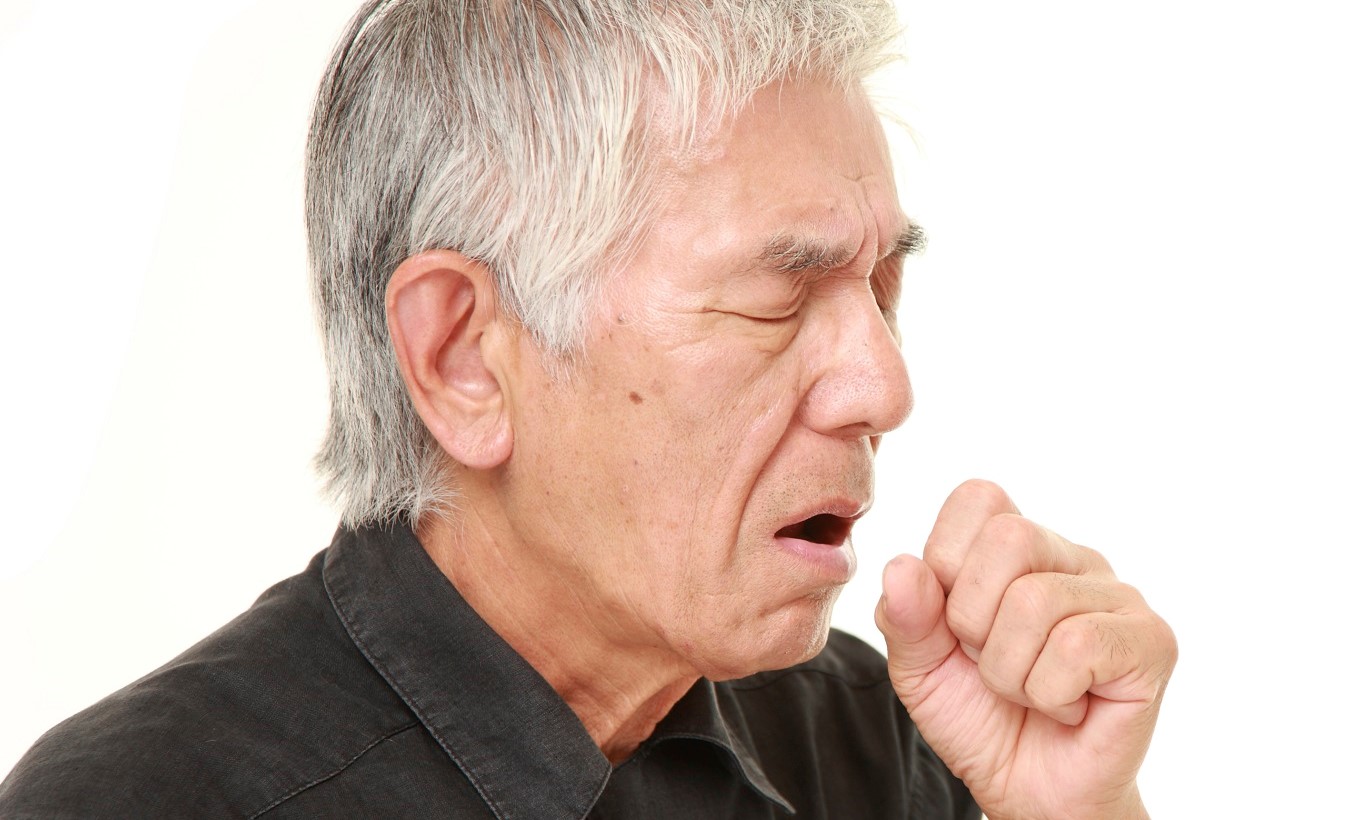[dropcap]M[/dropcap]old poses a serious threat to the health and safety of your family and your home. When you see mold growing on the ceiling or by window sills, it’s often a sign of a much larger problem. Mold spores can spread undetected behind walls and in dark corners before we ever realize what’s happening.
Fortunately, there are ways to identify a hidden infestation before it gets out of hand. Here are three signs your home is hosting unseen mold – and what you should do to fix it.
1. There’s a musty smell you can’t identify.
Sometimes our noses can detect a problem before our eyes can.
Mold has a distinctive scent, often described as musty and damp, or even earthy. Different types have different odors, but they’re all generally caused by microbial volatile organic compounds (mVOCs). These mVOCs are produced as mold spreads and can smell vastly different according to the precise type of mold, its location, and other outstanding factors.
If you detect a musty odor, you should check your ventilation system to ensure there’s no blockage. Other areas to check include under and around bathroom and kitchen sinks, basements, and for humid climates, inside closets. If the smell persists, it’s time to call a professional for assistance because you may have a hidden mold problem.
It should be noted, though, that smell can’t always reliably detect a problem. Often, infestations can grow and spread without you ever catching a whiff. An unexplainable musty odor is just one sign that you should have your home checked out.
2. Paint is peeling or bubbling
Discolored, peeling, cracked, or bubbled paint is actually a sign of water damage. It happens mostly in humid areas of the house, namely bathrooms and basements.
Water damage is the leading cause of household mold and can result from burst pipes, flooding, or even just excessive humidity. Spores love dark, damp environments, like basements, attics, and anywhere near plumbing. A leaky pipe or standing water is a breeding ground for mold, which can hide unseen as it spreads.
If you notice problems with the paint on the walls or ceiling, then you’ll also want to have your home professionally assessed for mold after calling a plumber.
3. You or your family are having respiratory problems
Mold is infamous for irritating asthma and chronic respiratory diseases, but it can also cause symptoms in people who otherwise have healthy lungs. There are even studies that suggest mold is one of the leading causes of asthma, so ignoring unexplained coughs and wheezing can lead to future problems for you and your family.
Some common symptoms associated with mold are shortness of breath, coughing, and sneezing. However, not all symptoms have to do with your airways. Itchy or tingling skin, hives, watery eyes, headaches, and sinus congestion can indicate an allergic reaction to spores in the environment.
So, what should you do if you think you have mold?
If you’re experiencing health problems you can’t otherwise explain, you should visit a doctor. A physician can run tests to check for allergies and help determine if your coughing and itching are a reaction to spores or something else.
Otherwise, calling an inspection professional is always the safest option. The website from All Dry explains the multi-step process thoroughly, starting with assessment and ending with remediation and implementing new safeguards against future problems.
First, a pro will assess your home and identify problem areas that may not always be immediately obvious to the average homeowner. From there, a skilled technician can work with you to plan a course of action to eliminate mold and prevent it from returning. You can engage a company that specialises in this kind of solution. There are a number of mold remediation companies in most cities.
Mold can lead to serious health issues, so don’t delay action if you suspect a hidden problem.






![Femi Fani-Kayode: This Muftwang Has Much to Learn [MUST READ] Governor Caleb Mutfwang felicitates with displaced victims of violent attacks by bandits in Bokkos LGA of Plateau State on Saturday, April 12, 2025](https://www.thetrentonline.com/wp-content/uploads/2025/04/Mutfwang-at-Bokkos1-324x235.jpg)






